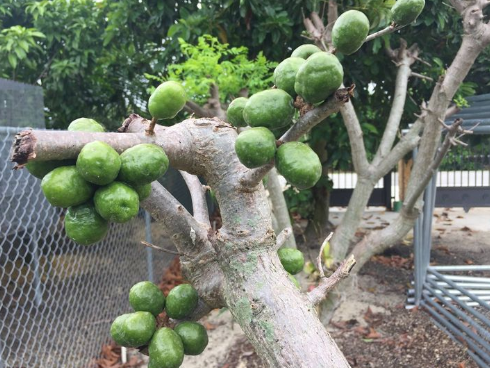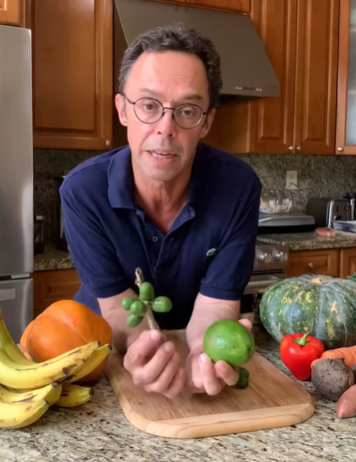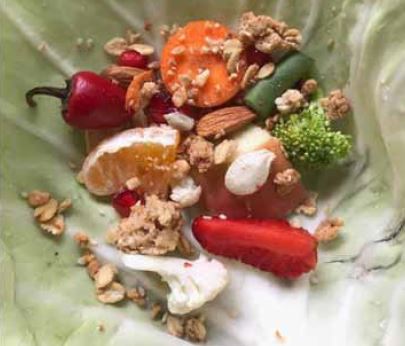Can birds eat Spondias mombin? Yellow mombin or hog plum, parrots
Can birds eat Spondias mombin? Spondias mombin (also known as hog plum, yellow mombin, or amba yaya) can be eaten by birds, including parrots, budgies, cockatiels, and finches.

Benefits for Birds:
- Nutritional Value: The fruit of Spondias mombin is rich in vitamins, especially Vitamin C and A, which help boost the immune system and support skin and feather health.
- Hydration: It has a high water content, which can help keep birds hydrated.
- Antioxidants: The fruit contains antioxidants, which can support overall health by reducing oxidative stress.
Feeding Guidelines:
- Serve Fresh: Offer small pieces of the fruit in fresh form, as dried or processed versions may contain added sugars or preservatives, which are harmful to birds.
- Moderation: As with any fruit, it should be offered as an occasional treat and not replace their regular diet of seeds, pellets, or veggies.
Can birds eat Spondias mombin? Considerations:
- Chemical-Free Source: Make sure the fruit has not been exposed to pesticides or other chemicals that could be toxic to birds.
- Introduce Slowly: If introducing this fruit for the first time, monitor how your bird reacts, as different birds may have different tolerances to new foods.
Can birds eat Spondias mombin? Tony Silva

I err more towards vegetables and greens than fruits; indeed for every 6 vegetables types I feed one type of fruit. This is because wild parrots feed predominately on unripe fruits. They do this to avoid competition with mammals (particularly primates and bats) and frugivorous birds, including toucans and hornbills.
The unripe fruit is low in sugar and often bitter and astringent. These facts are borne each time I give my birds an item that they normally eat in the wild. As an example, I recently chewed on the seed of Spondias mombin. It was bitter and astringent, but the macaws they were given to rushed for them and spent hours eating the greenish flesh and then playing with the seeds.
Why do I avoid commercial fruits?
Why do I eschew fruit? Commercial fruits have been produced to become ultra sweet. This is easily proven: bite into a wild apple and then a commercial apple. I am sure the unpleasant taste of the first will be pervasive. The extremely sweet cultivated fruits should thus be avoided. If you feed fruits, select tropical varieties which are nutritionally superior to temperate fruits like apple, pear, grapes and cherries, or choose types that are less sweet, such as the heirloom cooking apples, or select fruit that are not yet ripe; the ripening process boosts the sugar content.
Spring is here and this means that the fruits Spondias mombim will become available in Latin and Caribbean markets throughout the USA and Latin America. This fruit, called Jobo, Jocote, June plum and Hog plum, amongst other names, is a favorite of parrots, which prefer them green, when they are astringent; when ripe they are sweet but the parrots prefer them green. Once the fleshy outside has been eaten, they will beak the seeds for hours. We have macaws, cockatoos and conures that covet them like pacifiers for days, transferring them to the foot while they feed. Look for these in specialty markets and give your birds a fantastic treat.
Can birds eat Spondias mombin? Info-table
| Name: |
| Spondias mombin |
| Also known as: |
| Yellow mombin or hog plum |
| Indigenous Countries: |
| Native to the tropical Americas, including the West Indies. The tree has been naturalized in parts of Africa, India, Bangladesh, Sri Lanka, The Bahamas, Indonesia, and other Caribbean islands. |
| Description: |
| The mature fruit has a leathery skin and a thin layer of pulp. The seed has an oil content of 31.5%. |
| Nutritional Value: |
| Feeding: |
| Give the fruit to eat. |
| Discussion: |
| Bitter and astringent. |
Category of all Tony Silva’s posts.



